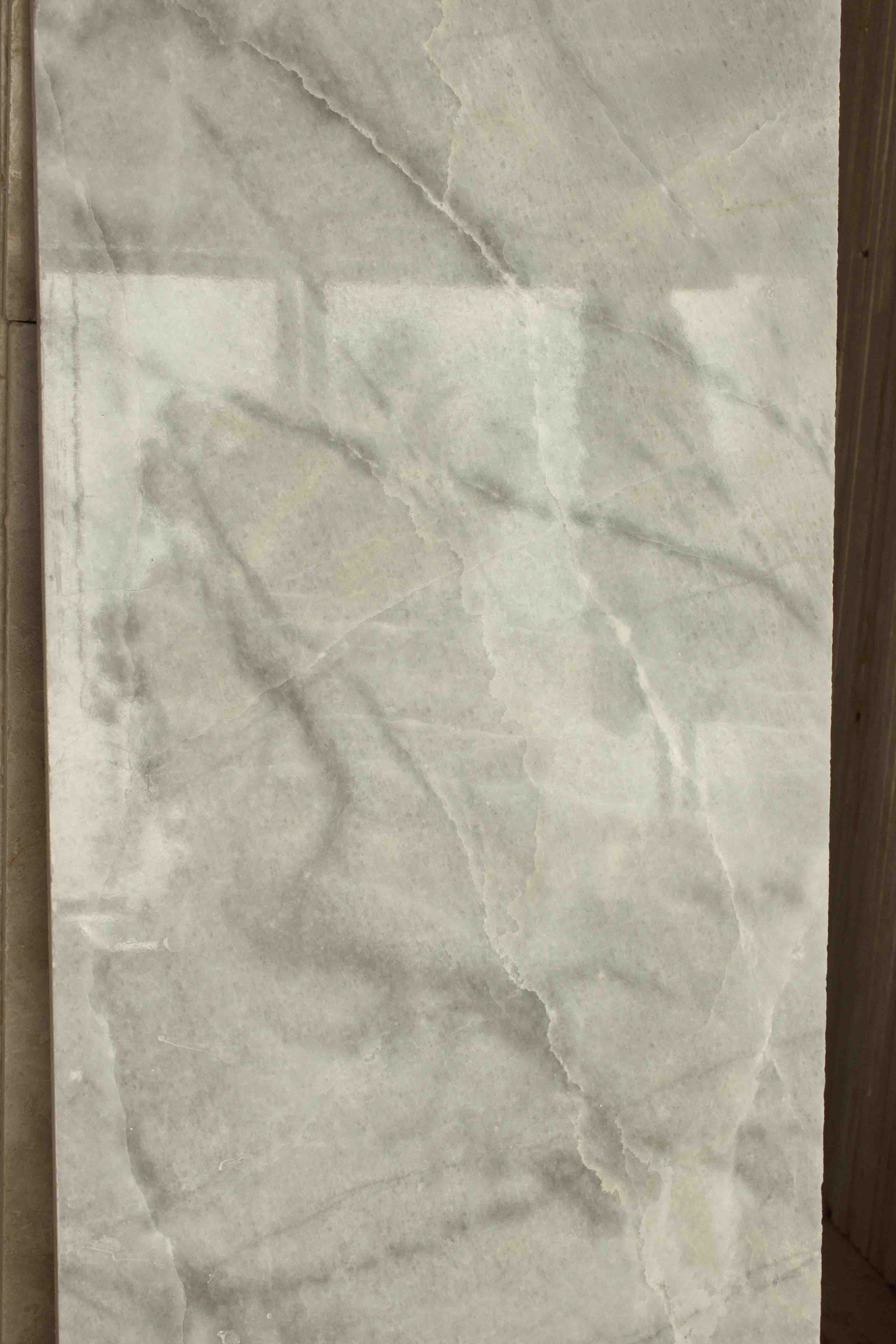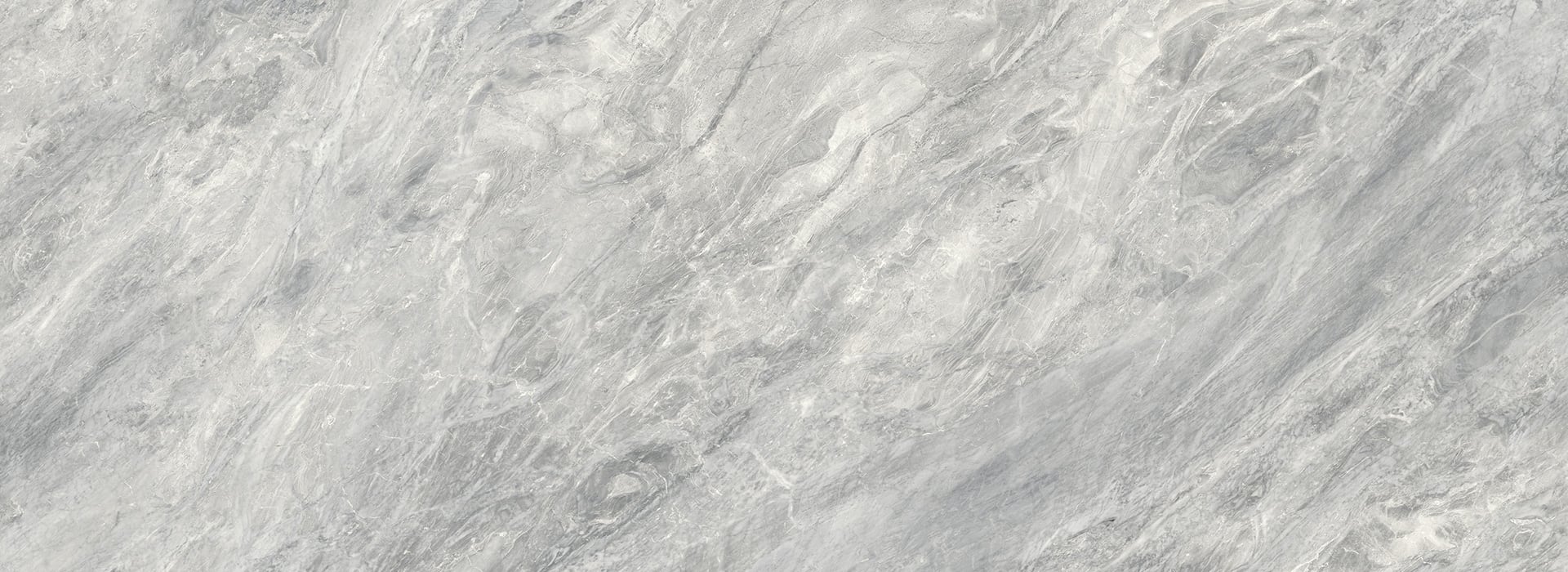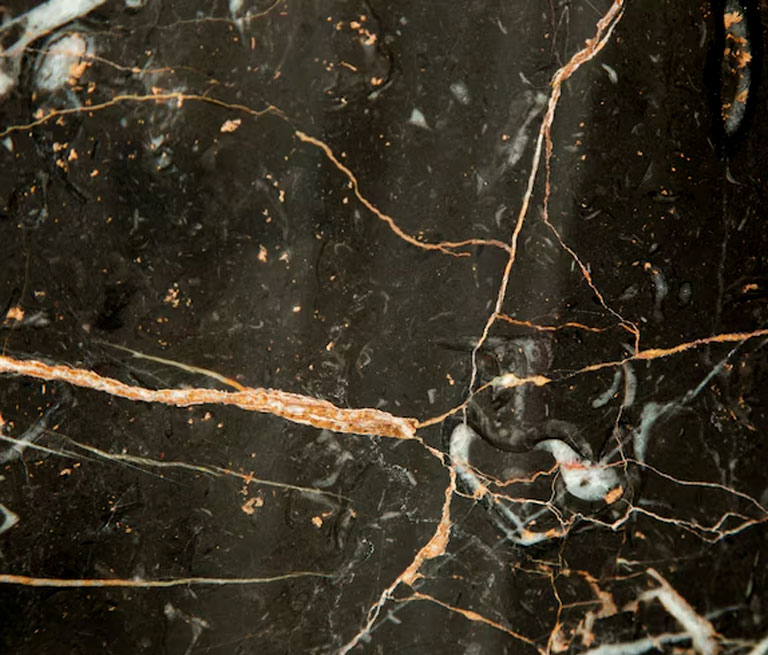
What is Marble (Marmarite) Stone?
Marble (Marmarite) is actually a sedimentary limestone stone, which is different from marble (Marble is a metamorphic rock). Marble is composed of calcium carbonate, calcite, dolomite, and crystals, and is classified into three types: crystal stone, cloudy stone, and porcelain stone. This natural building stone contains minerals that give marble a wide variety of colors.
These minerals include:
-
Chlorite or silicates, which create green shades.
-
Carbon compounds, producing a gray color spectrum from white to black.
-
Hematite or manganese carbonate, responsible for red hues.
-
Limonite, which produces yellow and cream colors.
The purest form of marble—without impurities—is white and very shiny. This is why marble prices in the stone market vary based on patterns and colors, but the white type is generally more expensive.
One reason interior designers prefer marble over other building stones is its rich color variety. Marble easily coordinates with all styles of interior decoration and other construction materials.
Features of Marble Stone
Since marble is a limestone, it does not have the high durability of travertine or granite stones. Marble is considered a soft stone and is cut in mines and factories using soft cutting saws.
However, softness does not mean it cracks or breaks easily. During processing, adhesives, resins, or epoxy are applied to the back of the stone to enhance its strength.
Another characteristic of limestone stones like marble is that they have no pores or holes, which is why they are not recommended for use in high-altitude or outdoor applications.








